Elizabeth was one of Britain's most beloved monarchs. Here's how Queen Elizabeth's father helped her grow into the role.
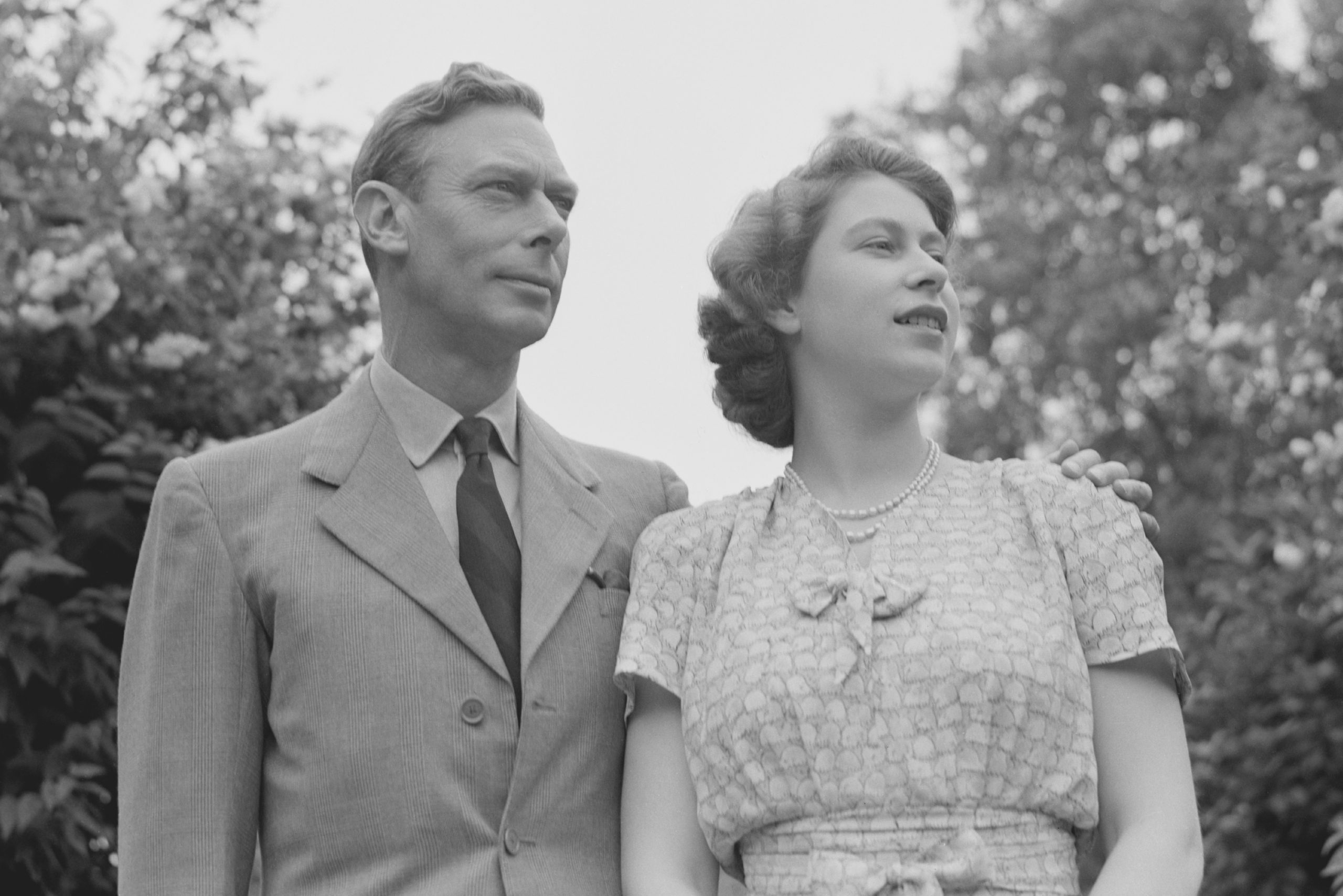
How Queen Elizabeth’s Father Prepared Her for the Throne

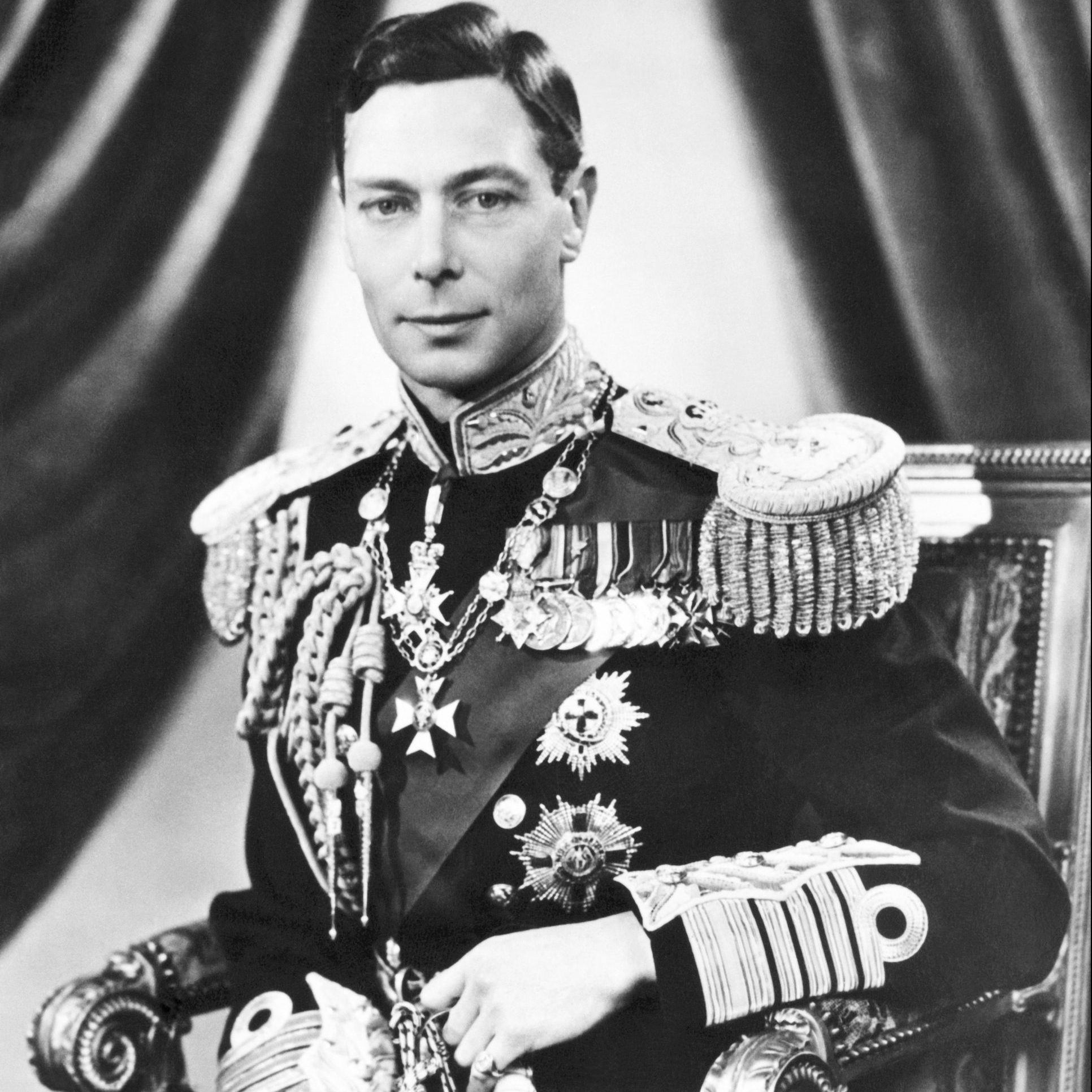
Why did Queen Elizabeth’s father become king?
Elizabeth’s father, called “Bertie” by friends and family, became king when his brother, King Edward VIII, abdicated the throne. It wasn’t something he was prepared for. Lloyd says that because he was the second son, “young Bertie never expected to inherit the throne.” Instead, everyone thought that his older brother David would be king. Things went according to plan … at first!
“In January 1936, when their father, King George V, died, David took the regnal name Edward and became King Edward VIII,” Lloyd says. But his reign didn’t last long. In fact, he didn’t even make it to the coronation. In December 1936, he opted to abdicate. “The new king refused to give up his relationship with [American divorcée] Wallis Simpson, a woman he had been involved with since 1931,” Lloyd says.
“The British government expected him to find an appropriate (unmarried, preferably) English woman to marry,” Lloyd says. “But the king wanted Wallis.” Edward didn’t quit right away, but he eventually told the British people he could not continue to serve without “the help and support of the woman I love,” as he said in his abdication speech.
And just like that, Bertie suddenly became King George VI. Coming up, personal and candid photos that show how the king instilled in Elizabeth what he learned as he went along.
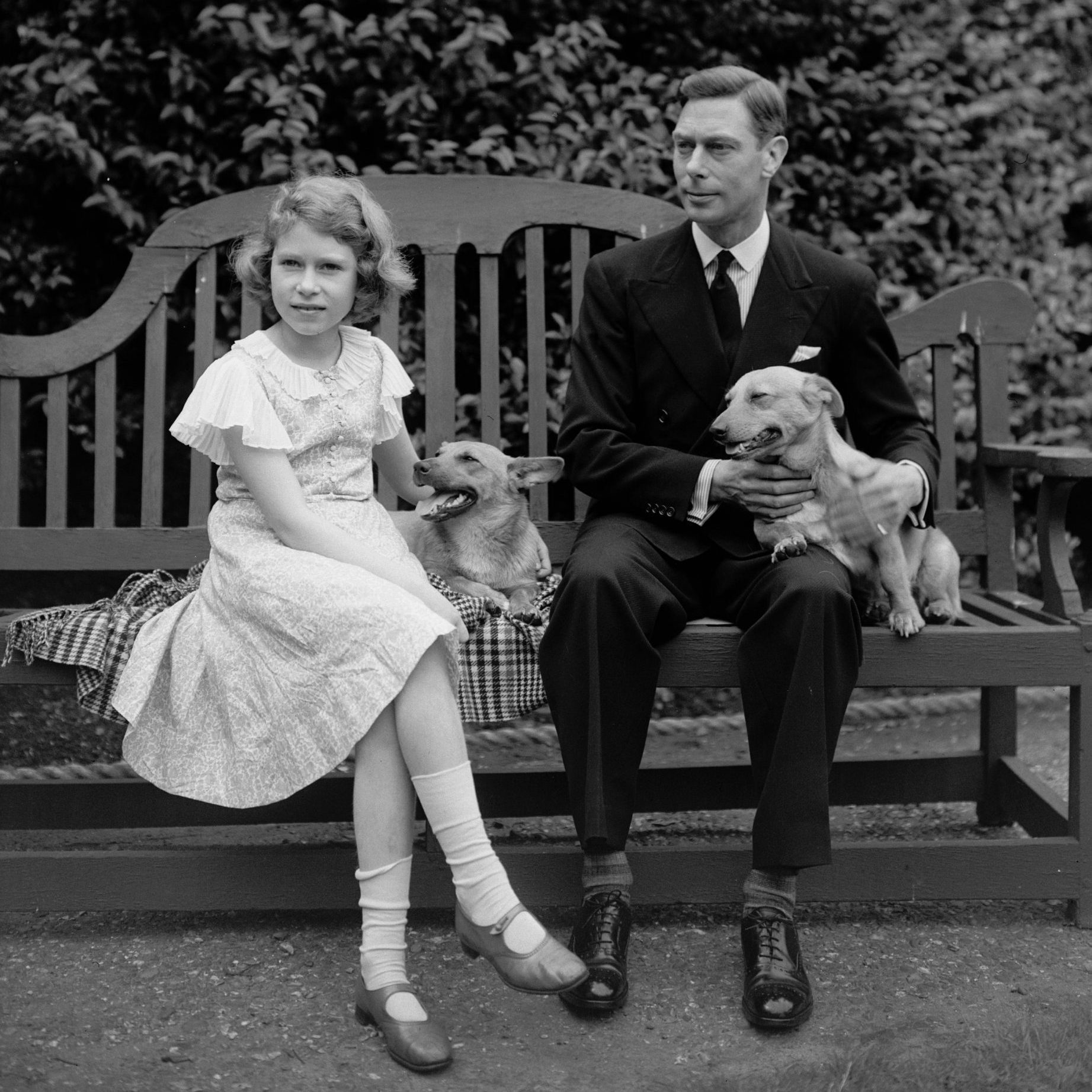
Elizabeth’s father prioritized preparing her for the throne
Considered the “spare to the heir,” Queen Elizabeth’s father had never even seen an official state paper before taking the throne. Moreover, he had a stammer that made public speaking uncomfortable, even terrifying, for him. When his brother’s abdication went from a possibility to a certainty, Bertie “broke down and sobbed like a child,” as he later recounted in a letter.
Despite his hesitations, Queen Elizabeth’s father dutifully and conscientiously assumed his many responsibilities as king. His efforts and lessons were not wasted; he passed them on to Elizabeth. “After such a difficult beginning, George seemed determined that his daughter’s way to the throne would be smoother,” Lloyd says. “He wanted to spare Elizabeth the struggle of being thrust into the job without preparation.”
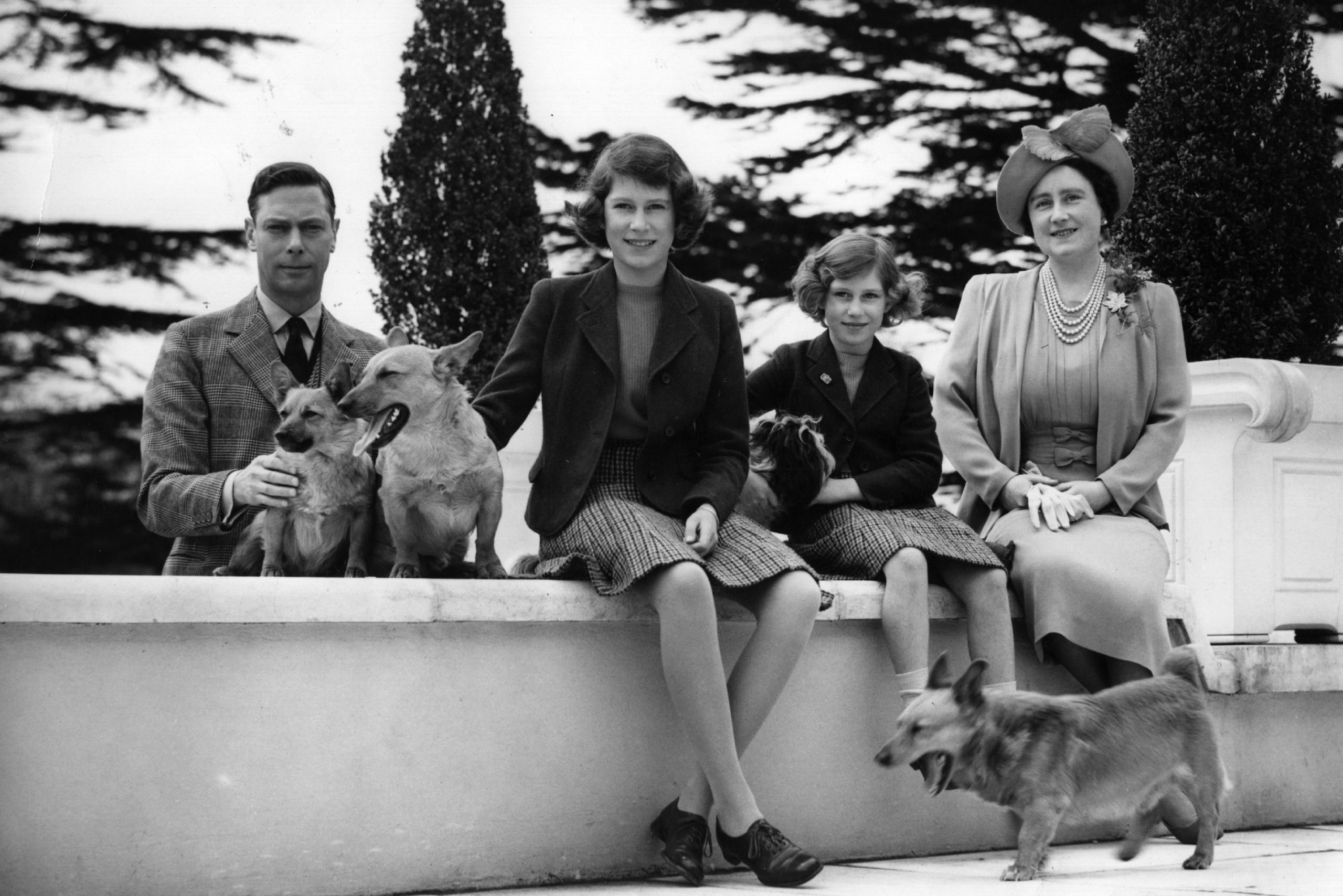
King George VI’s family was close and supportive
When Queen Elizabeth’s father unexpectedly became king in 1936, a lot changed for the close-knit branch of the royal family known as the Yorks. But what never changed was their affectionate bond as a family. That was fortuitous, because it helped renew the public’s faith in the monarchy after the royal scandal of Edward VIII’s abdication.
In addition to providing a loving and supportive family environment for Elizabeth, George also instilled in her a love of corgis, like those pictured here. When Elizabeth was just seven years old, he brought home a puppy called Dookie—the first of over 30 corgis the queen owned over her lifetime.
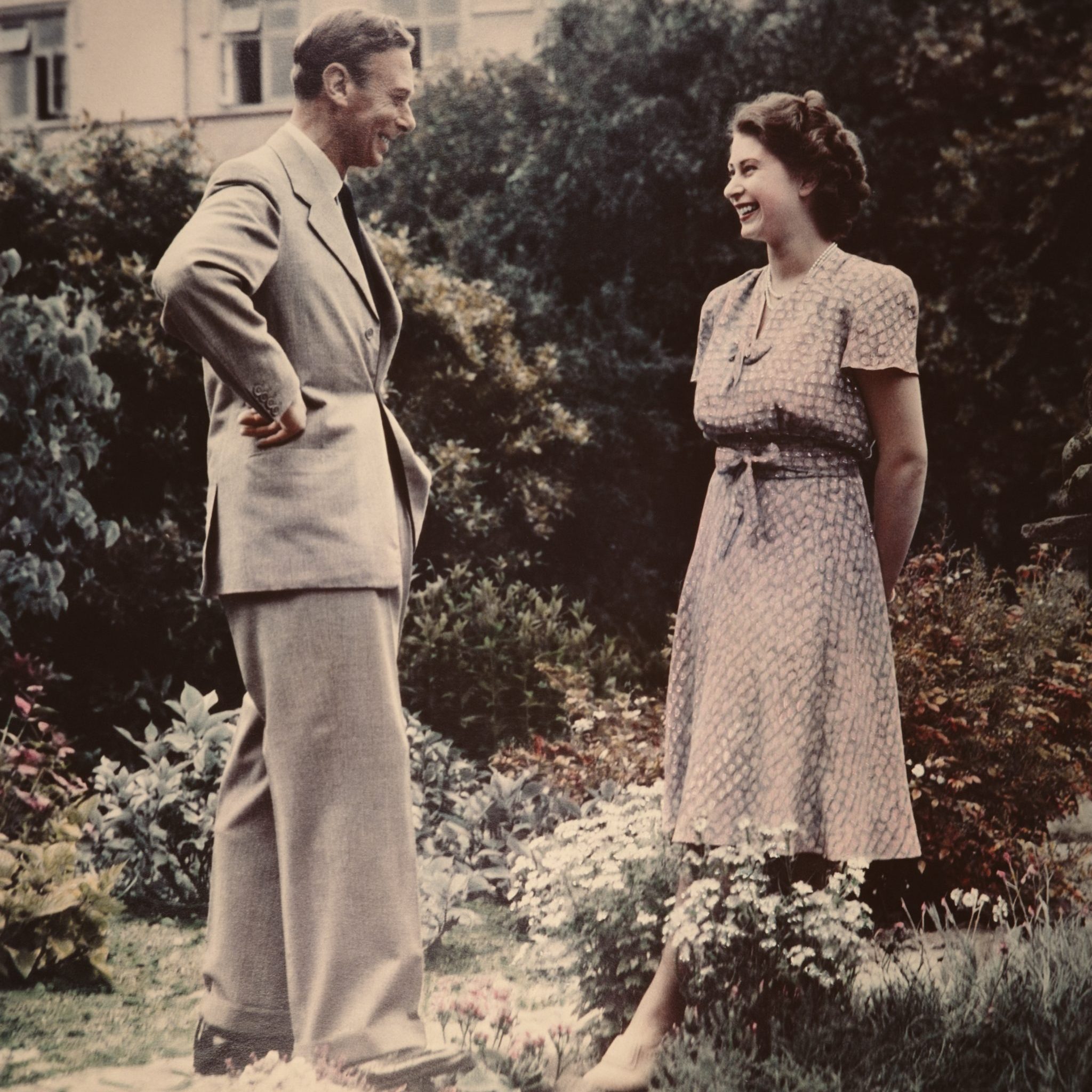
Queen Elizabeth’s father taught Elizabeth humility
Although Elizabeth had been on the cover of TIME magazine at the age of three, she and her younger sister Margaret were raised largely away from the public’s gaze. Her parents seemed happy to live out their lives as “minor” royals. Unfortunately, the minor royal life left Elizabeth unprepared for the attention that came with her new role as heir presumptive.
One way that Queen Elizabeth’s father helped prepare Elizabeth for her future royal role was by going out of his way to treat her on an equal par with her younger sister. This stood in sharp contrast to Bertie’s childhood, growing up in the shadow of his brother. Bertie’s efforts with his daughters likely contributed to the grace and humility Elizabeth became known for.

King George VI’s coronation was a teaching moment for Elizabeth
The coronation of her father King George VI took place on May 12, 1937. “Princess Elizabeth and her sister, Princess Margaret, attended the coronation and appeared on the balcony,” Lloyd says. As you can see from this iconic photo taken on coronation day, “Elizabeth is seen standing with her parents and sister beside her. This shows her presentation to the public as the heir.”
King George VI never wanted Elizabeth to feel as ill-prepared as he had, so he also involved her behind the scenes. He asked her to write a review of the coronation, in the hopes that the task would create a lasting memory she could later draw upon when it was her time to take the throne.

George refocused Elizabeth’s studies to prepare her to reign
As the daughter of the Duke of York, Elizabeth was educated at home. Initially, her coursework covered the basics—mostly reading and writing—that a female minor royal would study at that time. That changed considerably when her father became king.
“The next year [after the coronation], the king and queen shifted Elizabeth’s schooling to prepare her for her future duties as monarch,” Lloyd says. “The young Princess received lessons on the history of the constitutional monarchy, and the importance of adaptability to the future of the monarchy.” Elizabeth also studied European history, laws and religion.
Her team of teachers included the Archbishop of Canterbury and Henry Marten, the vice provost of Eton College. In addition, Elizabeth studied German and French, and despite limited time for pleasure reading, she became well-versed in the works of Shakespeare, Coleridge, Keats, Browning and Tennyson, among others.

Queen Elizabeth’s father instilled in her a sense of duty
Through his commitment to his country, Bertie modeled a sense of duty for young Elizabeth to match. A notable example was his determination to overcome a lifelong stutter to improve his public speaking. He worked with a tutor, and by 1939 he was able to deliver a nearly flawless broadcast announcing that England was going to war against Germany. (Fans may recognize this as the plot of the 2010 movie The King’s Speech starring Colin Firth.)
In the years that followed, he continued to lead by example. “After the war began in 1939, the king and queen decided not to evacuate the two princesses out of the country. Instead, they lived at the Royal Lodge in Windsor, seeing their parents and being visible as a family during the war,” Lloyd says. “Elizabeth’s parents demonstrated the power of the image of monarchy as they visited sites that were devastated by German bombs.”
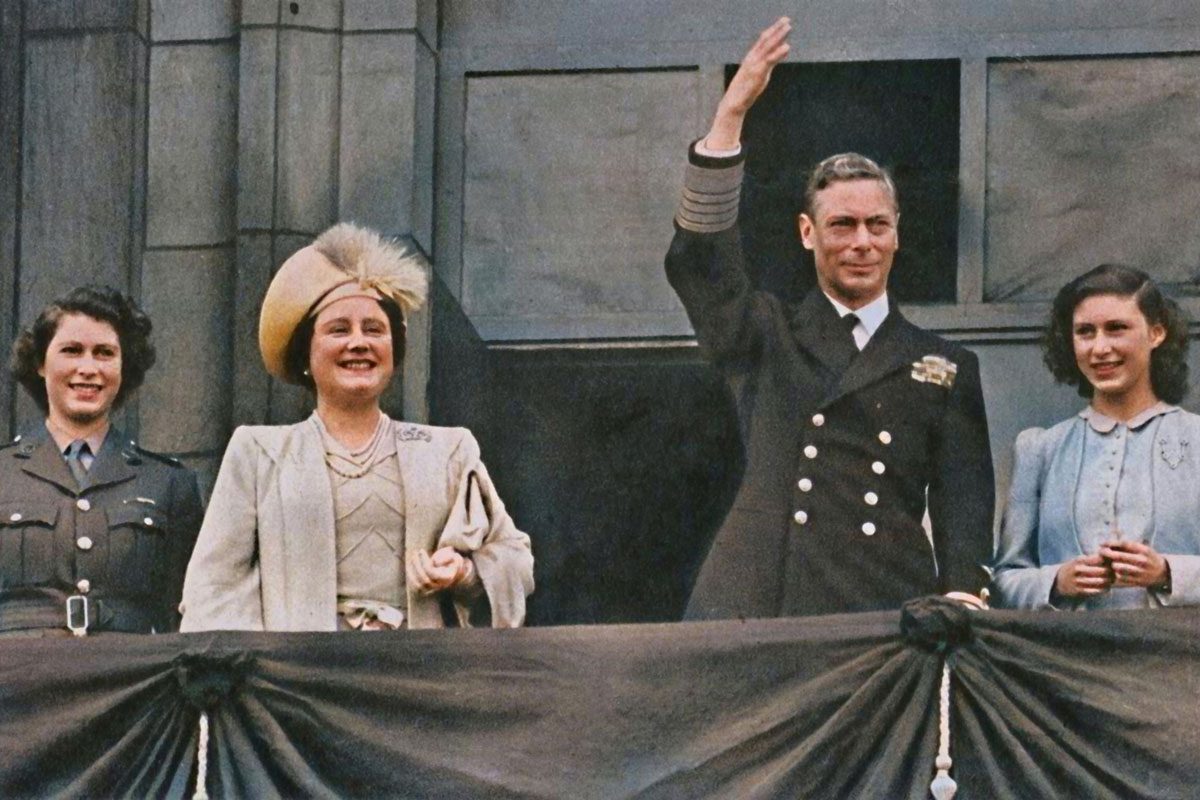
Elizabeth modeled her father’s sense of duty
Elizabeth didn’t just talk the talk. She expressed her own commitment to her country, just as her father did. “She also joined the war effort when she was old enough, becoming a mechanic in the Auxiliary Territorial Service,” Lloyd says, and in 1942, the king made her an honorary colonel in Royal Army’s 500 Grenadier Guards. “Even more significantly, her father named her a member of the Privy Council and a Counselor of State in 1944,” Lloyd says. “This enabled her to act on the king’s behalf when he was out of the country.”
Lloyd says this notable image of the king, queen, Elizabeth and her sister, Margaret, conveyed the family’s sense of duty during the war and was taken on the day Germany surrendered in 1945. Elizabeth and her father are both wearing uniforms. “It showed Elizabeth’s service during the war,” Lloyd says.
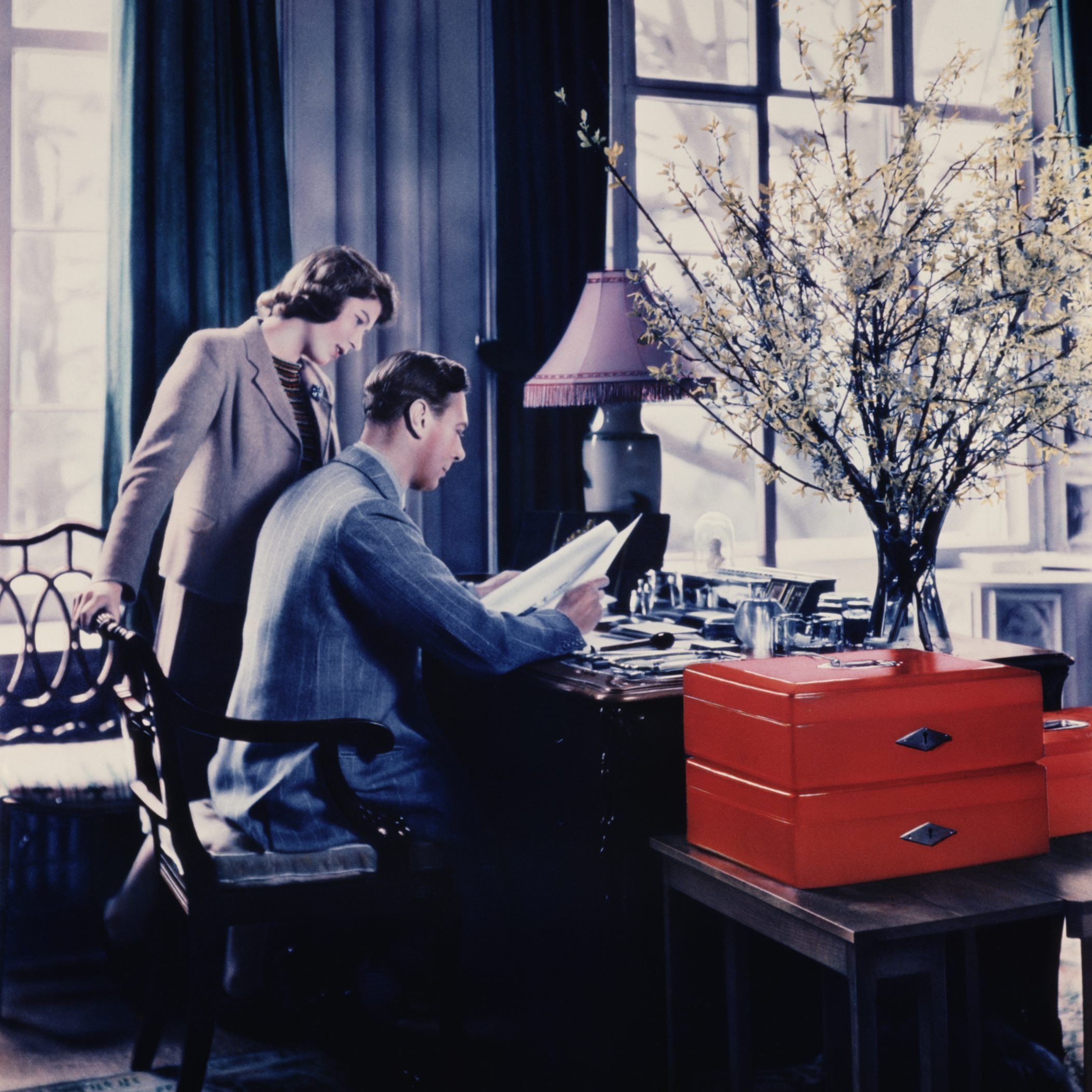
George involved Elizabeth in royal duties abroad
Perhaps one of the most famous moments in which Elizabeth expressed her commitment to her country was the speech she made on her 21st birthday. She swore an oath to the citizens of the British Commonwealth to serve on their behalf for the duration of her life, and she upheld that promise until her death in 2022.
“In 1947, the king and queen took their daughters along on an official visit to South Africa, exposing them to the significance of royal duties abroad,” Lloyd says. “It was here Elizabeth gave a speech to the empire where she promised ‘I declare before you that my whole life, whether it shall be long or short, shall be devoted to your service.'”
This marked the very first time that a monarch had undertaken a royal tour with their family. Whether George VI brought his family along as a way of preparing Elizabeth for what lay ahead, or he simply enjoyed traveling with his family, is unknown. What is clear is that his choice to include his family in his travels was life-changing for Elizabeth.
“She had learned from her father the power of speaking directly to her people, and that speech [on her 21st birthday] would remain a powerful theme of service through the rest of the King’s reign and then into her own,” Lloyd says.
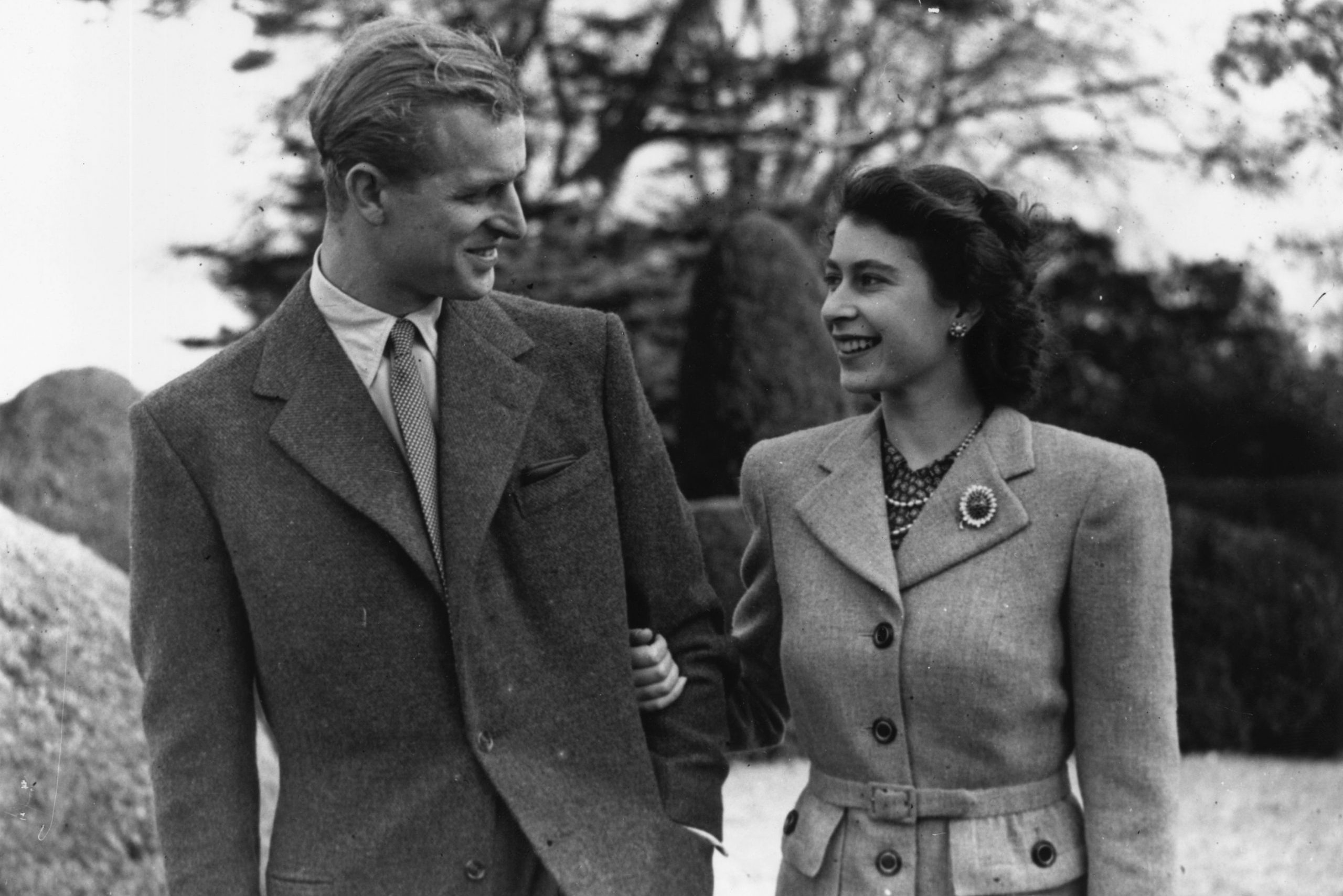
Queen Elizabeth’s father also helped prepare the public
Elizabeth first met her future husband, Prince Philip, as a child in 1934, before reconnecting with him in 1939 when she was 13 years old. After that meeting, the pair began a lengthy correspondence that culminated in Philip (pictured with Elizabeth above) asking for her hand in marriage in 1946.
Queen Elizabeth’s father advised the couple to wait until after Elizabeth’s 21st birthday before announcing their engagement to the public. Trusting the king’s judgment, they waited until July 9, 1947 to announce their plans, and this is believed to have contributed to the public’s acceptance of Philip.
On the couple’s wedding day, her father also likely swayed public opinion by styling Philip as Prince of the United Kingdom and giving him the title Duke of Edinburgh. This made Philip a prince in his own right, not just through his marriage to Elizabeth. Her father expressed his support of the union behind the scenes as well, Lloyd says. ‘When the princess married Philip, Duke of Edinburgh, the king wrote his daughter a letter stating ‘I can, I know, always count on you, and now Philip, to help us in our work.'”
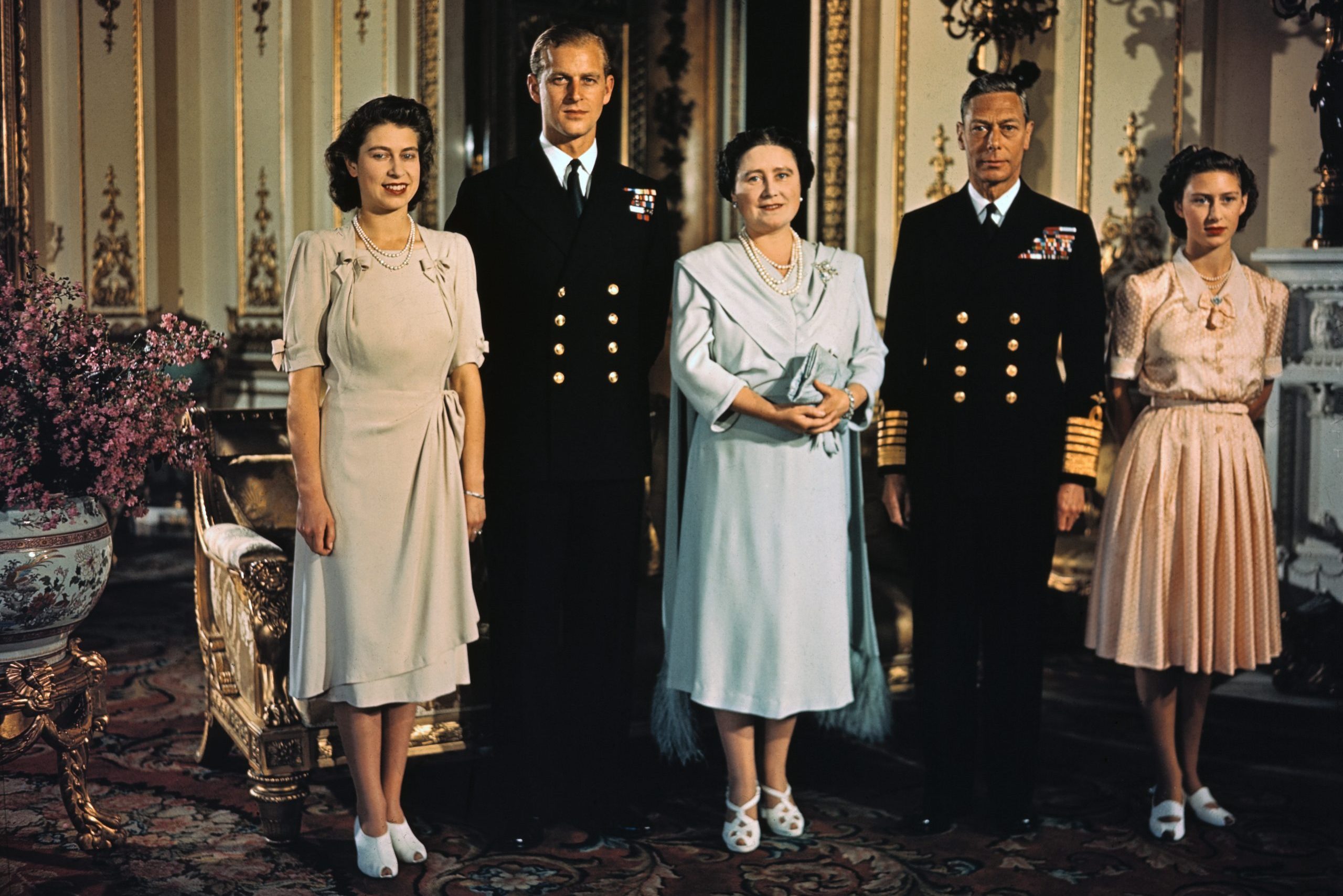
King George VI made Queen Elizabeth his royal proxy
During the first few years of his reign, George VI traveled frequently. However, by the end of World War II, he was showing signs of physical decline. In 1949, he suffered an arterial blockage and canceled his planned tours of Australia and New Zealand.
Two years later, the King underwent major surgery to have his left lung removed. Although he wasn’t informed at the time that it was lung cancer, George VI was already taking steps to ready his daughter for her reign, including making her privy to state papers and, presumably, the matters underlying them.
“As the king’s health continued to deteriorate, Princess Elizabeth took on more duties to help her father,” Lloyd says. In 1951, Elizabeth embarked on her first royal tour on her father’s behalf, to Canada. On another Commonwealth tour in Kenya, in 1952, “Elizabeth got word of her father’s death and her accession to the throne,” Lloyd says.
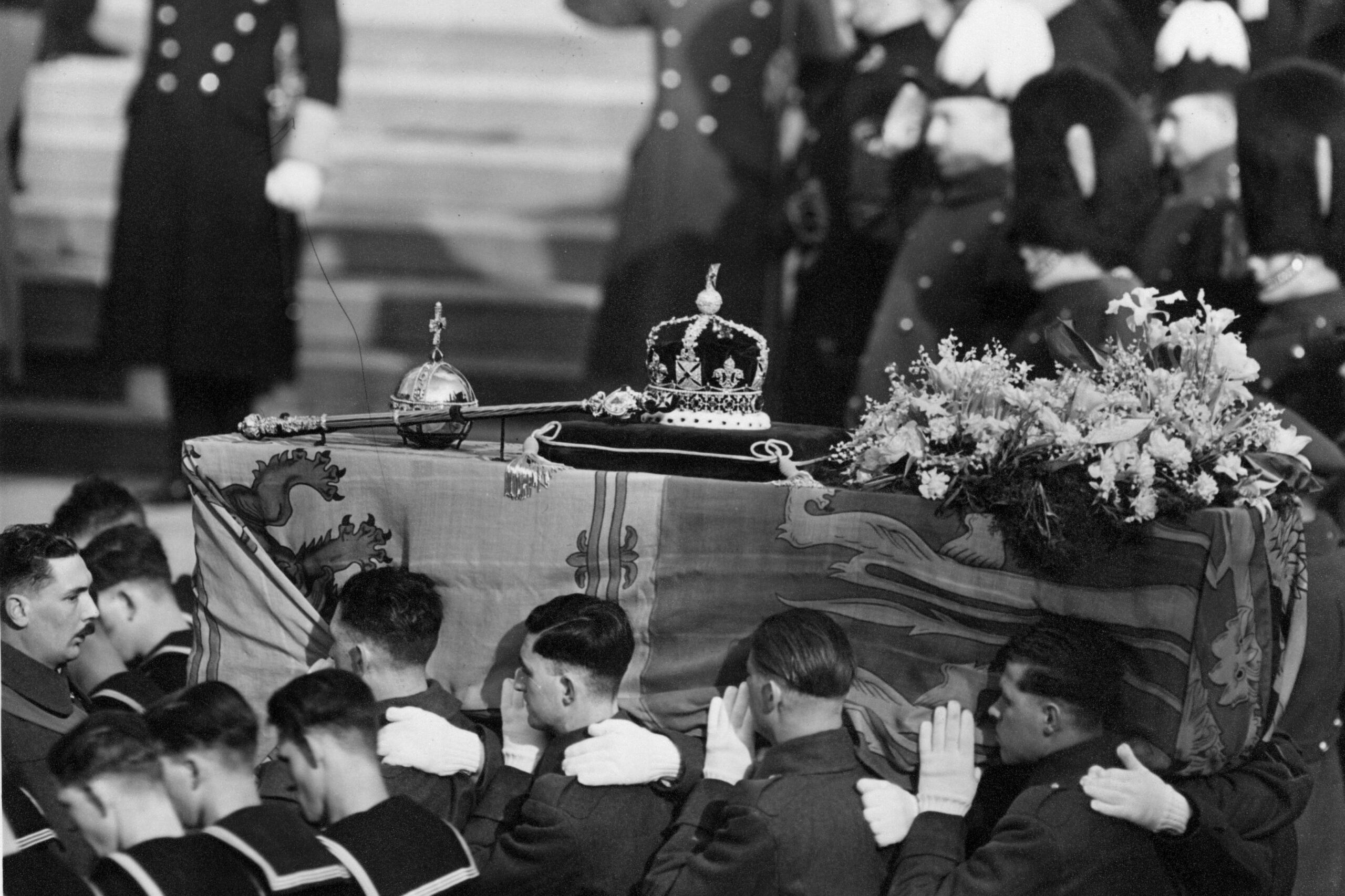
How did King George VI pass away?
Queen Elizabeth’s father died in his sleep on February 6, 1952. At the time, his cause of death was said to be coronary thrombosis, but it has long been suspected that Queen Elizabeth’s father died of complications from lung cancer. In fact, a 2021 scientific research paper suggests the specific cause of death was either pulmonary embolus or massive intrathoracic hemorrhage—in either case, it was the result of the spread of cancer to the the king’s other lung.
When King George VI died, the newly ascended Queen Elizabeth was well-prepared, both academically and emotionally, for her own reign. Their warm father-daughter relationship and George’s commitment to creating a smooth transition were undeniably at the heart of her preparedness. The fact that the public was ready to embrace her as their sovereign is further evidence of George’s commitment and the strong bond between him and his daughter.
About the expert
|
Sources:
- Carol Ann Lloyd, British historian, author of The Tudors by Numbers and host of British History: Royals, Rebels, and Romantics; interview, May 2025
- TIME: “When Queen Elizabeth Was a Princess”
- Atlantic: “The Education of a Queen”
- BBC: “‘Treasured memory’ of Queen Elizabeth’s visit to Kenya”
- Cardiovascular Pathology: “The illness and death of King George VI of England: the pathologists’ reassessment”



















